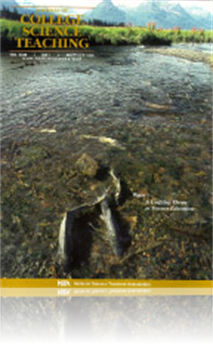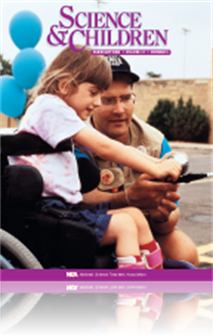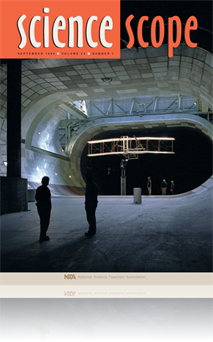All Resources
Journal Article
Not only are stories captivating, they make it easier to learn and recall facts, figures, and equations. Stories tell us who we are as a people—the problems we face, the values we cherish, the barriers we must surmount....
Journal Article
Ecosystem Explorations: Connecting an ecology field experience to the classroom
The Ecosystem Explorations curriculum includes eleven classroom lessons. The lessons are divided into two sections—Understanding Ecosystems and Human Connections to Ecosystems. The curriculum incorporates scientific inquiry skills, cooperative lea...
Journal Article
Teaching Teachers: Preservice Teachers' Views of Scientists
This study demonstrates the importance of changing educators' perceptions and understandings of science and scientists....
Journal Article
Modeling Success during Earth Science Week
If your students are going to learn about scientific inquiry and the nature of science, you must be explicit, or purposeful, in your planning, presentation, and assessment of these concepts. The activity and details provided here are intended to serv...




